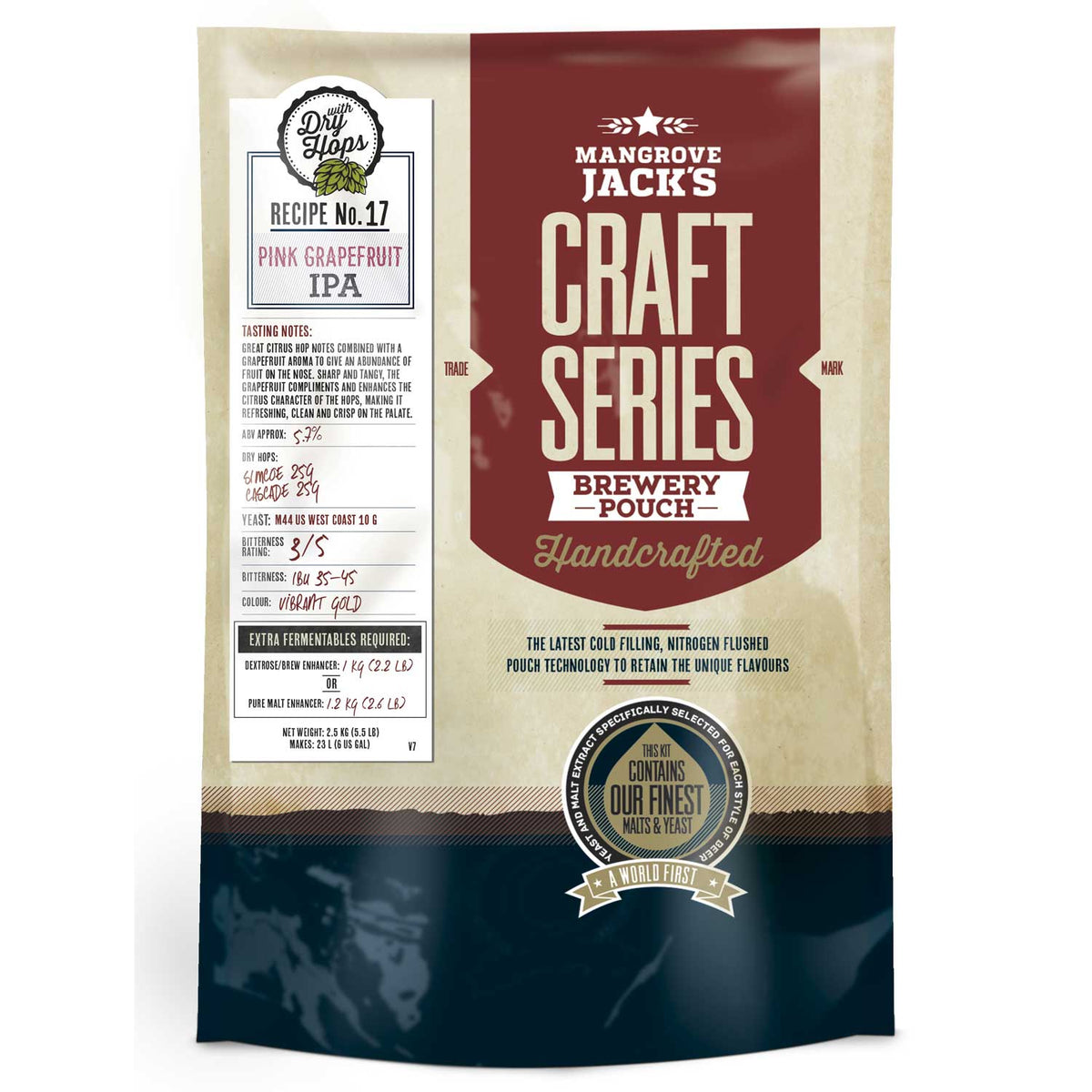Beer thread
-
@Victor-Meldrew said in Beer thread:
Bit of advice needed.
Normally brew 20L from kits or grain with secondary fermentation inside a pressure keg. All good. However I've noticed people using & praising refrigerated beer dispensers which use store-bought 5L kegs of beer. See link.
I'm wondering if it's possible to re-use or get kegs which you can fill & pressurize yourself to use in these machines. Have looked online but pretty inconclusive answers - has anyone done this successfully?
Don't know much about these, not seen one before and I'm not sure if they are in the Aus market.
First thing I noticed is that they use those use those "store kegs" which have a very different tap system and would assume that the specific draft dispenser would be set up to take only those kegs and tap/coupler which is kind of limiting as there isn't a huge range of those.
Personally, and to give yourself more options and better future proofed, I would use stainless steel corny kegs, 9.5 or 19l (https://www.kegland.com.au/products/9-5l-ball-lock-keg-premium-brand-new) which can be found second hand frequently (just make sure you change the O-rings) and get a decent small second hand fridge, take out the racks and use those to store and cool your beer. If you don't want to turn it into a kegerator, then to dispense your beer/seltzer/hop water/etc. use:
Either a picnic tap
or a pluto gun
I recently went to a mates place in Melbourne to have a boys weekend away timed to go to the Fèis Ìle - The Islay Whisky Show so I drove there and took a 19l and 9.5l keg of beer and seltzer. To serve, I just used the two tap styles above as shown in this picture.

The resulting pours from each of the kegs:

And if you decide you want to turn that fridge into a kegerator, all you need to do is to cut through the top to mount your font, taps and push the beer/liquid lines, a hole thru the back for your gas line, a decent regulator and a 6kg CO2 refillable bottle.
And then you would have something that looks like this:

-
Hey, thanks for the info and the time you put into it.
I've found out that you can re-use the store-bought 5L kegs (or buy new ones) and use them in a refrigerated, cO2 cartridge-powered beer dispenser - becoming popular here apparently. You brew your beer in the normal way, do a light secondary fermentation in a pressure barrel, fill-up your 5L kegs, reseal with new bungs and pop in a cool place to store. The CO2 keeps the air out and they keep for 3-4 weeks or longer. You then use in your beer dispenser.
Like the 19L size though, and we do have an old mini-fridge going spare...
-
@MN5 said in Beer thread:
@RoninWC said in Beer thread:
Hey @MN5 apologies for the slow response.
)
Awesome bday gift, welcome to the world of home brewing.
In terms of best place to brew, ideally you want it in an area where the temperature doesn't change much, if at all. Somewhere in the middle of the house or in the garage if you can keep the temperature more stable.
One tip, especially if it starts getting too cold, wrap the fermenter in old jackets or towels that will add some thermal protection.
My Fermzilla came with it's own jacket but I've also used a old beach towel around it to keep temps steady.
After the larger, I'd try an ale as those can stand a little more variation in temperature and try some different yeasts such as those out of the Lallemand range which are usually very easy to find and your Local Homebrew Shop (LHS).
Once you get a little more confident with the process and tools, you can look at doing Fresh Wort Kits (FWK) which are pretty foolproof as you just add yeast and hops as per recommendations on the box or even try using extracts, Dry Malt Extract (DME) over Liquid Malt Extract (LME) for me personally. You just use a prescribed amount of water heated up and you add the DME gradually until all is well dissolved. ( see
Enjoy and happy brewing!It’s ok pal, I just assumed you were hunting out memes and would get back to me when ya could

First brew seems to be going ok so far, there was a mini cold snap midweek but luckily the bloke I’m doing it with decided to grab one of these….
So fingers crossed that has kept things pretty constant. We did have an electrician round midweek to install a heat pump so he had to turn the power off, it did drop to briefly to 16 degrees, that shouldn’t be an issue hopefully ?
We dry hopped over the weekend and due to do bottling mid week once we’ve done the SG reading.
I CANNOT wait to get good at this and brew some weird and wonderful beers ( chillis and coffee beans are going to be added, not to the same brew )
He wants to do a Stout but keeping the fermenter at over 26 degrees ( which is what you need apparently ) might be a problem at this time of year.
@MN5 so where's the beer porn? Pics or it was never brewed

-
@RoninWC said in Beer thread:
@MN5 said in Beer thread:
@RoninWC said in Beer thread:
Hey @MN5 apologies for the slow response.
)
Awesome bday gift, welcome to the world of home brewing.
In terms of best place to brew, ideally you want it in an area where the temperature doesn't change much, if at all. Somewhere in the middle of the house or in the garage if you can keep the temperature more stable.
One tip, especially if it starts getting too cold, wrap the fermenter in old jackets or towels that will add some thermal protection.
My Fermzilla came with it's own jacket but I've also used a old beach towel around it to keep temps steady.
After the larger, I'd try an ale as those can stand a little more variation in temperature and try some different yeasts such as those out of the Lallemand range which are usually very easy to find and your Local Homebrew Shop (LHS).
Once you get a little more confident with the process and tools, you can look at doing Fresh Wort Kits (FWK) which are pretty foolproof as you just add yeast and hops as per recommendations on the box or even try using extracts, Dry Malt Extract (DME) over Liquid Malt Extract (LME) for me personally. You just use a prescribed amount of water heated up and you add the DME gradually until all is well dissolved. ( see
Enjoy and happy brewing!It’s ok pal, I just assumed you were hunting out memes and would get back to me when ya could

First brew seems to be going ok so far, there was a mini cold snap midweek but luckily the bloke I’m doing it with decided to grab one of these….
So fingers crossed that has kept things pretty constant. We did have an electrician round midweek to install a heat pump so he had to turn the power off, it did drop to briefly to 16 degrees, that shouldn’t be an issue hopefully ?
We dry hopped over the weekend and due to do bottling mid week once we’ve done the SG reading.
I CANNOT wait to get good at this and brew some weird and wonderful beers ( chillis and coffee beans are going to be added, not to the same brew )
He wants to do a Stout but keeping the fermenter at over 26 degrees ( which is what you need apparently ) might be a problem at this time of year.
@MN5 so where's the beer porn? Pics or it was never brewed

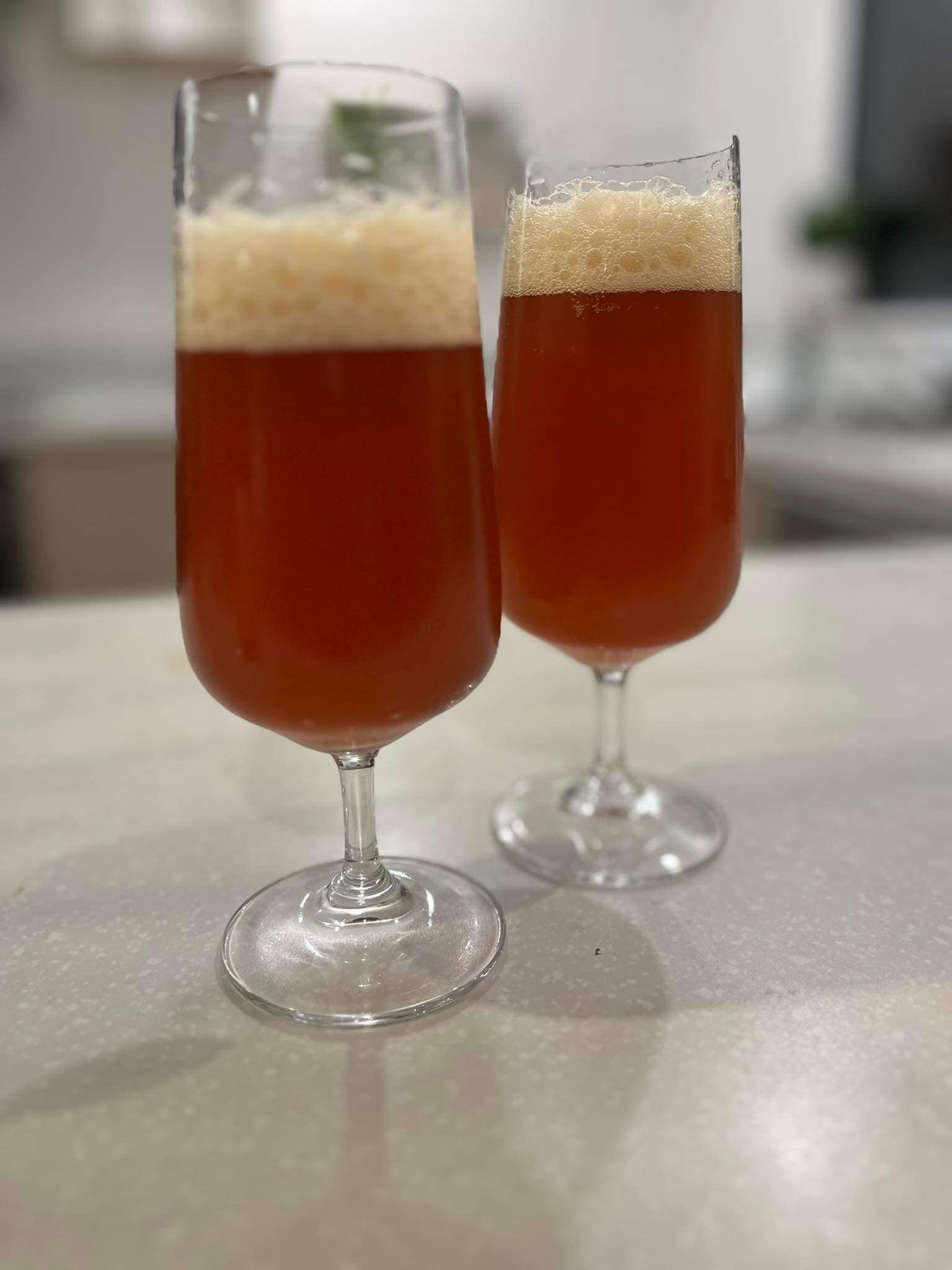
Solid first effort I reckon…….
-
@MN5 said in Beer thread:
@RoninWC said in Beer thread:
Hey @MN5 apologies for the slow response.
)
Awesome bday gift, welcome to the world of home brewing.
In terms of best place to brew, ideally you want it in an area where the temperature doesn't change much, if at all. Somewhere in the middle of the house or in the garage if you can keep the temperature more stable.
One tip, especially if it starts getting too cold, wrap the fermenter in old jackets or towels that will add some thermal protection.
My Fermzilla came with it's own jacket but I've also used a old beach towel around it to keep temps steady.
After the larger, I'd try an ale as those can stand a little more variation in temperature and try some different yeasts such as those out of the Lallemand range which are usually very easy to find and your Local Homebrew Shop (LHS).
Once you get a little more confident with the process and tools, you can look at doing Fresh Wort Kits (FWK) which are pretty foolproof as you just add yeast and hops as per recommendations on the box or even try using extracts, Dry Malt Extract (DME) over Liquid Malt Extract (LME) for me personally. You just use a prescribed amount of water heated up and you add the DME gradually until all is well dissolved. ( see
Enjoy and happy brewing!It’s ok pal, I just assumed you were hunting out memes and would get back to me when ya could

First brew seems to be going ok so far, there was a mini cold snap midweek but luckily the bloke I’m doing it with decided to grab one of these….
So fingers crossed that has kept things pretty constant. We did have an electrician round midweek to install a heat pump so he had to turn the power off, it did drop to briefly to 16 degrees, that shouldn’t be an issue hopefully ?
We dry hopped over the weekend and due to do bottling mid week once we’ve done the SG reading.
I CANNOT wait to get good at this and brew some weird and wonderful beers ( chillis and coffee beans are going to be added, not to the same brew )
He wants to do a Stout but keeping the fermenter at over 26 degrees ( which is what you need apparently ) might be a problem at this time of year.
Meant to reply to this before. A stout is an ale and no way would you ferment at that high a temp. I then looked around the library on BrewFather and after checking a half dozen or so stouts from contributors I trust, I would say that a stout should be fermented at around 18-20°C and not 28.
Given it's winter now, that probably makes it a good time to do a stout but one thing with dark heavy beers, they usually take longer to brew and longer to condition before drinking.
A good half way would be a nice amber ale or something like this from Long White Cloud Brewing Company which make High Gravity Wort (what we call Fresh Wort Kits or FWK) so you dump it into your fermenter, add water to desired volume and then pitch yeast.
They make a malt monster that looks good.
-
@RoninWC said in Beer thread:
Meant to reply to this before. A stout is an ale and no way would you ferment at that high a temp. I then looked around the library on BrewFather and after checking a half dozen or so stouts from contributors I trust, I would say that a stout should be fermented at around 18-20°C and not 28.
A mate is playing with Kveik style yeasts - they thribve at that higher temp, and make some really interesting beers.
But yeah, otherwise no

-
@nzzp said in Beer thread:
@RoninWC said in Beer thread:
Meant to reply to this before. A stout is an ale and no way would you ferment at that high a temp. I then looked around the library on BrewFather and after checking a half dozen or so stouts from contributors I trust, I would say that a stout should be fermented at around 18-20°C and not 28.
A mate is playing with Kveik style yeasts - they thribve at that higher temp, and make some really interesting beers.
But yeah, otherwise no

I've been using Kveik yeasts in a number of brews and always in a Seltzer. So far I've tried Voss from Lallemand as well as Lutra and Hornindal from Omega. Love how they ferment hot and fast.
I've been able to serve 5 days from the brew day including a 2 day cold crash so full grain to glass in 5 days which was amazing.
-
@RoninWC said in Beer thread:
@MN5 said in Beer thread:
@RoninWC said in Beer thread:
Hey @MN5 apologies for the slow response.
)
Awesome bday gift, welcome to the world of home brewing.
In terms of best place to brew, ideally you want it in an area where the temperature doesn't change much, if at all. Somewhere in the middle of the house or in the garage if you can keep the temperature more stable.
One tip, especially if it starts getting too cold, wrap the fermenter in old jackets or towels that will add some thermal protection.
My Fermzilla came with it's own jacket but I've also used a old beach towel around it to keep temps steady.
After the larger, I'd try an ale as those can stand a little more variation in temperature and try some different yeasts such as those out of the Lallemand range which are usually very easy to find and your Local Homebrew Shop (LHS).
Once you get a little more confident with the process and tools, you can look at doing Fresh Wort Kits (FWK) which are pretty foolproof as you just add yeast and hops as per recommendations on the box or even try using extracts, Dry Malt Extract (DME) over Liquid Malt Extract (LME) for me personally. You just use a prescribed amount of water heated up and you add the DME gradually until all is well dissolved. ( see
Enjoy and happy brewing!It’s ok pal, I just assumed you were hunting out memes and would get back to me when ya could

First brew seems to be going ok so far, there was a mini cold snap midweek but luckily the bloke I’m doing it with decided to grab one of these….
So fingers crossed that has kept things pretty constant. We did have an electrician round midweek to install a heat pump so he had to turn the power off, it did drop to briefly to 16 degrees, that shouldn’t be an issue hopefully ?
We dry hopped over the weekend and due to do bottling mid week once we’ve done the SG reading.
I CANNOT wait to get good at this and brew some weird and wonderful beers ( chillis and coffee beans are going to be added, not to the same brew )
He wants to do a Stout but keeping the fermenter at over 26 degrees ( which is what you need apparently ) might be a problem at this time of year.
Meant to reply to this before. A stout is an ale and no way would you ferment at that high a temp. I then looked around the library on BrewFather and after checking a half dozen or so stouts from contributors I trust, I would say that a stout should be fermented at around 18-20°C and not 28.
Given it's winter now, that probably makes it a good time to do a stout but one thing with dark heavy beers, they usually take longer to brew and longer to condition before drinking.
A good half way would be a nice amber ale or something like this from Long White Cloud Brewing Company which make High Gravity Wort (what we call Fresh Wort Kits or FWK) so you dump it into your fermenter, add water to desired volume and then pitch yeast.
They make a malt monster that looks good.
Extra time isn’t an issue I just don’t want to fuck it up. If you look at the manuals on the page they definitely say to do it at a higher temperature, Saisons too but to be honest I won’t bother with them.
-
@RoninWC said in Beer thread:
Very solid effort @MN5
Colour looks spot on, good head on it as well.Thanks pal.
Given that I’m so conditioned to craft beers I think 4.4% just tasted a bit, “empty” for want of a better word or perhaps I’m a perfectionist, not quite sure !
Will do pics of the next one on here too.
-
@RoninWC said in Beer thread:
@MN5 said in Beer thread:
@RoninWC said in Beer thread:
Hey @MN5 apologies for the slow response.
)
Awesome bday gift, welcome to the world of home brewing.
In terms of best place to brew, ideally you want it in an area where the temperature doesn't change much, if at all. Somewhere in the middle of the house or in the garage if you can keep the temperature more stable.
One tip, especially if it starts getting too cold, wrap the fermenter in old jackets or towels that will add some thermal protection.
My Fermzilla came with it's own jacket but I've also used a old beach towel around it to keep temps steady.
After the larger, I'd try an ale as those can stand a little more variation in temperature and try some different yeasts such as those out of the Lallemand range which are usually very easy to find and your Local Homebrew Shop (LHS).
Once you get a little more confident with the process and tools, you can look at doing Fresh Wort Kits (FWK) which are pretty foolproof as you just add yeast and hops as per recommendations on the box or even try using extracts, Dry Malt Extract (DME) over Liquid Malt Extract (LME) for me personally. You just use a prescribed amount of water heated up and you add the DME gradually until all is well dissolved. ( see
Enjoy and happy brewing!It’s ok pal, I just assumed you were hunting out memes and would get back to me when ya could

First brew seems to be going ok so far, there was a mini cold snap midweek but luckily the bloke I’m doing it with decided to grab one of these….
So fingers crossed that has kept things pretty constant. We did have an electrician round midweek to install a heat pump so he had to turn the power off, it did drop to briefly to 16 degrees, that shouldn’t be an issue hopefully ?
We dry hopped over the weekend and due to do bottling mid week once we’ve done the SG reading.
I CANNOT wait to get good at this and brew some weird and wonderful beers ( chillis and coffee beans are going to be added, not to the same brew )
He wants to do a Stout but keeping the fermenter at over 26 degrees ( which is what you need apparently ) might be a problem at this time of year.
Meant to reply to this before. A stout is an ale and no way would you ferment at that high a temp. I then looked around the library on BrewFather and after checking a half dozen or so stouts from contributors I trust, I would say that a stout should be fermented at around 18-20°C and not 28.
Given it's winter now, that probably makes it a good time to do a stout but one thing with dark heavy beers, they usually take longer to brew and longer to condition before drinking.
A good half way would be a nice amber ale or something like this from Long White Cloud Brewing Company which make High Gravity Wort (what we call Fresh Wort Kits or FWK) so you dump it into your fermenter, add water to desired volume and then pitch yeast.
They make a malt monster that looks good.
I used to play with kits and mix them to good result. Take a decent stout kit and mix in an amber/brown ale. You can play with the ratios and save the leftover malt for another go. That can mean that you can up the gravity and % but also get a 'lighter' result more like a Porter.
I did a take on the Kereru Toasted Coconut Porter this way that turned out mint. My only complaint was that because I bottle conditioned and didn't add CO2, the oils from the coconut 'flattened' the head too quickly once poured.Found it a fun way to play without going full brewing monty.
Also found that cutting into 5l carbouys to ferment meant I could try tweaked recipes in each and the amount of beer wasted if a 'recipe' didn't work was less. -
@MN5 said in Beer thread:
@RoninWC said in Beer thread:
Very solid effort @MN5
Colour looks spot on, good head on it as well.Thanks pal.
Given that I’m so conditioned to craft beers I think 4.4% just tasted a bit, “empty” for want of a better word or perhaps I’m a perfectionist, not quite sure !
Will do pics of the next one on here too.
Hahah, completely agree @MN5, anything less than 6-6.5% is just dishwater to me. When buying craft beers, I always go for the bigger which for me are often if not most always better. Alcohol seems to be able to carry the bigger hoppy flavours in the West Coast IPAs and Hazy/NEIPAs that I love.
My last three grain to glass beers have been:
Russian River Pliny the Elder (WC IPA) Clone @8.25%
Aurora House No-Boil DDH Double NEIPA @8.1%
Aurora House DDH Double NEIPA @9%BTW, the Aurora House part comes from the apartment where we live.
-
@RoninWC said in Beer thread:
@MN5 said in Beer thread:
@RoninWC said in Beer thread:
Very solid effort @MN5
Colour looks spot on, good head on it as well.Thanks pal.
Given that I’m so conditioned to craft beers I think 4.4% just tasted a bit, “empty” for want of a better word or perhaps I’m a perfectionist, not quite sure !
Will do pics of the next one on here too.
Hahah, completely agree @MN5, anything less than 6-6.5% is just dishwater to me. When buying craft beers, I always go for the bigger which for me are often if not most always better. Alcohol seems to be able to carry the bigger hoppy flavours in the West Coast IPAs and Hazy/NEIPAs that I love.
My last three grain to glass beers have been:
Russian River Pliny the Elder (WC IPA) Clone @8.25%
Aurora House No-Boil DDH Double NEIPA @8.1%
Aurora House DDH Double NEIPA @9%BTW, the Aurora House part comes from the apartment where we live.
Yeah if I have one early criticism of the Mangrove Jacks ones it is the fact there’s not as hell of a lot over 6%.
Which ones would you recommend ? ( always an awkward question given the subjective taste of beer )
EDIT: other than the ones listed…..it’s been a long day
-
@MN5 here's what I would recommend, rather than just sticking with the kit and that's it, there are two ways to add extra ABV, one which will add no extra flavour or the other which will add flavour and body to the beer.
-
Simply add Dextrose to your kit.
So heat up some of the water you are going to use in a pot on the stove and dissolve say 1 kg or more of Dextrose into the water, let cool and add to your fermenter.
Roughly, for 10l of beer, 250g will add .5% additional ABV. So 1kg will add roughly 2%.
There are calculators available online that can give more precise figures but I usually work with that. -
Add either Dry Malt Extract (DME) or Liquid Malt Extract (LME)
Similar to the above but don't add the DME to very hot water or it will go into clumps and may even caramelize (yes, I know this one from experience). So 1kg DME added to 1.5l of water will do the trick, just make sure you stir constantly until it all dissolves.
For LME, you heat up the can by placing it in water and just pour the liquid into your fermenter as you do the other Mangrove Jacks ingredients.
Honestly, for me I would go down the Dextrose or DME route which I've done for beers that don't for whatever reason meet their expected Starting Gravity (amount of sugar in water) before fermentation starts.
Another thing, since you are getting into this, invest in a Hydrometer. All local home brew shops (LHBS) will have a hydrometer. Measure the liquid from the fermenter before you pitch the yeast and then measure again once fermentation is complete (Final Gravity) and then using one of the online calculators, you will have your ABV. And they really are simple to use.
To add, Dextrose, DME and LME will also be found at your LHBS.
-
-
@RoninWC said in Beer thread:
@MN5 here's what I would recommend, rather than just sticking with the kit and that's it, there are two ways to add extra ABV, one which will add no extra flavour or the other which will add flavour and body to the beer.
-
Simply add Dextrose to your kit.
So heat up some of the water you are going to use in a pot on the stove and dissolve say 1 kg or more of Dextrose into the water, let cool and add to your fermenter.
Roughly, for 10l of beer, 250g will add .5% additional ABV. So 1kg will add roughly 2%.
There are calculators available online that can give more precise figures but I usually work with that. -
Add either Dry Malt Extract (DME) or Liquid Malt Extract (LME)
Similar to the above but don't add the DME to very hot water or it will go into clumps and may even caramelize (yes, I know this one from experience). So 1kg DME added to 1.5l of water will do the trick, just make sure you stir constantly until it all dissolves.
For LME, you heat up the can by placing it in water and just pour the liquid into your fermenter as you do the other Mangrove Jacks ingredients.
Honestly, for me I would go down the Dextrose or DME route which I've done for beers that don't for whatever reason meet their expected Starting Gravity (amount of sugar in water) before fermentation starts.
Another thing, since you are getting into this, invest in a Hydrometer. All local home brew shops (LHBS) will have a hydrometer. Measure the liquid from the fermenter before you pitch the yeast and then measure again once fermentation is complete (Final Gravity) and then using one of the online calculators, you will have your ABV. And they really are simple to use.
To add, Dextrose, DME and LME will also be found at your LHBS.
Yeah the kit I’ve got comes with a hydrometer. No dramas there.
Excellent post, some great food for thought.
I remember close to 20 years ago when Monteiths Winter first came out and we all went, “whoa, a 6% beer, steady on”. Now that’s pretty much the norm ( or maybe late 5% or so ) as drinkers we’re so conditioned to the stronger beers now and it can be dangerous trying something new when you have to drive and realising it’s 8% or so !
My brewing partner and I popped into the shop on Friday avo and the guy was a great source of info ( much like yourself ). He suggested warming up the pouches in hot water to make them pour easier. Genius. So much easier today.
We were going to pick the Sabro single hop IPA but instead went for this…….
Really excited to see how it turns out, a bit of Vitamin C for winter perhaps.
You can’t fault the price, this, Malt extract, 12 more glass bottles, extra sanitiser and a little pouch for the hops for $56 each split down the middle. SOOOOOO good !
Can confirm we sanitised the shit out of everything too.
-
-
https://www.sfchronicle.com/food/wine/article/anchor-brewing-cuts-christmas-ale-18145920.php
Anchor Brewing Co. is significantly scaling back its distribution — and canceling Christmas this year.
The San Francisco brewer will halt national distribution of all of its beers, including its signature Anchor Steam Beer. Currently, the beer is available in all 50 states. Going forward, Anchor beers will be available only within California, which represents 70% of its sales, according to a company representative.

Anchor Brewing Company is an American alcoholic beverage producer, operating a brewery on Potrero Hill in San Francisco, California. The brewery was founded in 1896 and was purchased by Frederick Louis Maytag III in 1965, saving it from closure.[2] It moved to its current location in 1979. It is one of the last remaining breweries to produce California common beer, also known as Steam Beer, a trademark owned by the company.[2]
-
Over the long weekend just passed here in Sydney, it was my birthday and had brewed up a storm in May all aimed at the weekend previous when I was in Melbourne for the Fei Ile Islay Whisky Show and this long weekend.
Got 3 beers on tap, including 2 NEIPAs that I literally just finished in late May fermenting one immediately after the other and the other is a clone of the famous Russian River Pliny the Elder West Coast IPA.
Saturday was messy so didn't get to do a side by side tasting so yesterday, decided that a breakfast beer or two was definitely the go so at around 0930 I poured one each of the NEIPAs to taste side by side.
On the left is the "no-boil" Aurora House DDH NEIPA at 8.25% and on the right the Aurora DDH Double NEIPA at 9%.
No-boil is a new technique in all grain brewing where you do not boil your wort instead, after completing the mash and mash out, you raise the temperature of the wort to 80°C and hold for 30 minutes. At the same time you do your hop whirlpool. It worked a treat as I saved a good hour or so in the brew day not having to wait for the wort to get to the boil, boil for 30-60 minutes (30 is common for Hazys and NEIPAs) and then drop the temperature down to 70-80°C for a whirlpool.
One interesting thing is that I used the exact same grain bill for each of these but the no-boil ended up lower ABV due to not concentrating the wort prior to fermentation.
I then stuffed things up by using different yeast as one of the yeast packages I was planning to use was clearly expired (why liquid yeasts are so temperamental) and different hops so couldn't really say this was a side by side comparison of the two techniques.


Also had the three Hard Seltzers ready for the weekends as well.
From left to right:
Left to right...
Rugby red grapefruit at 9%
Strawberry punch at 14%
And the Tropical Torpedo at 17%
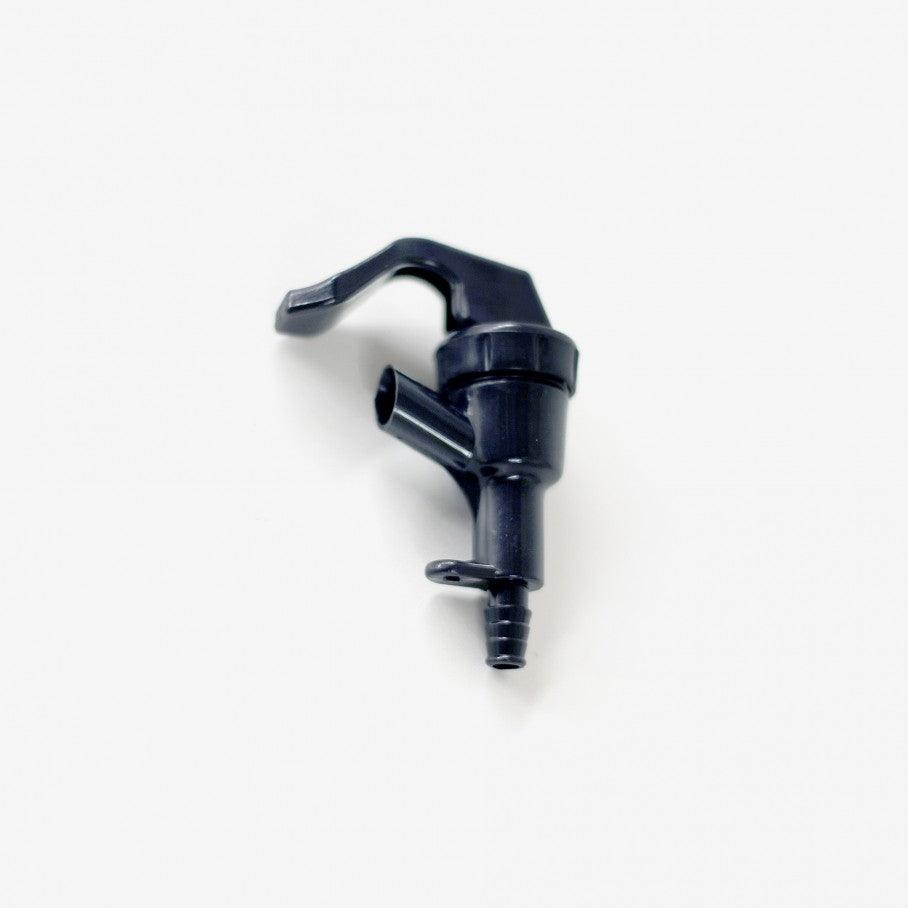
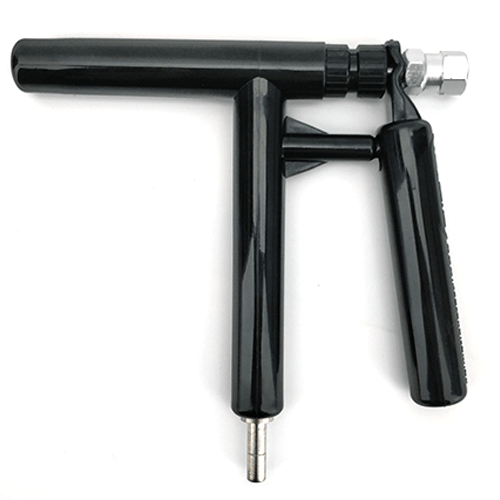
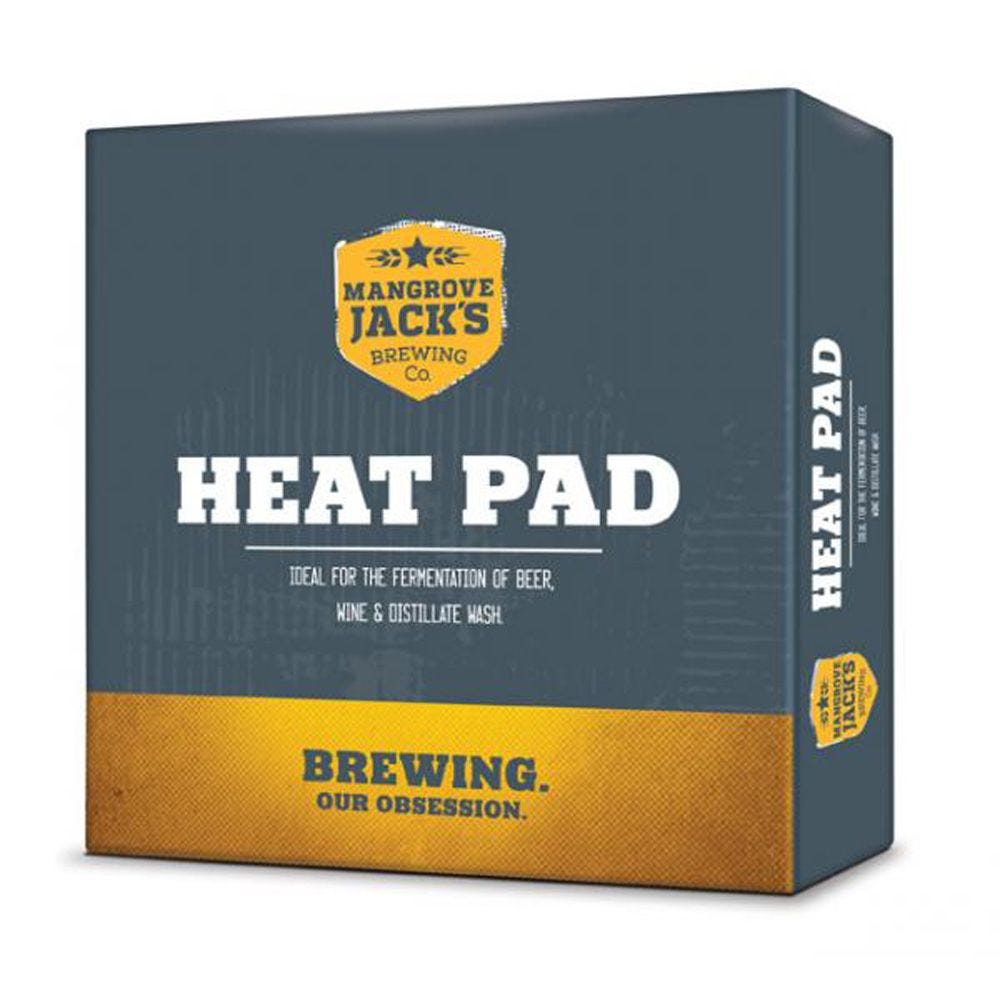
 Technical Info | Long White Cloud Brewing Company
Technical Info | Long White Cloud Brewing Company
 Pink Grapefruit IPA with Dry Hops
Pink Grapefruit IPA with Dry Hops
